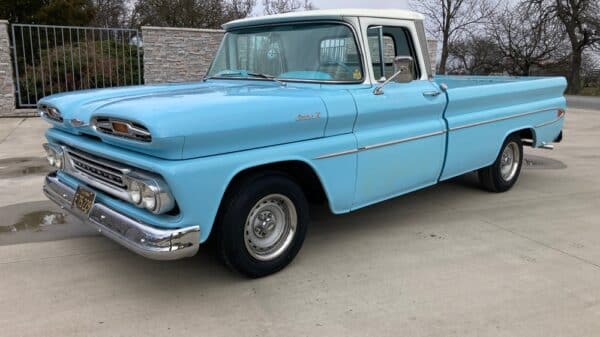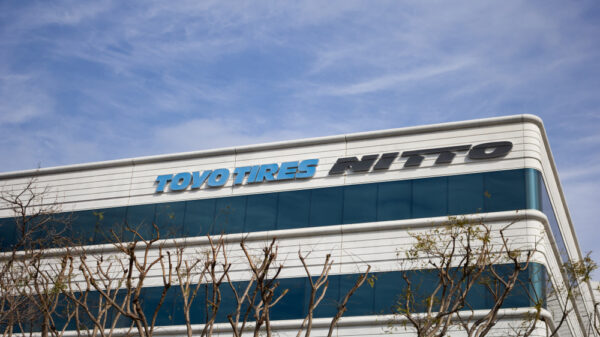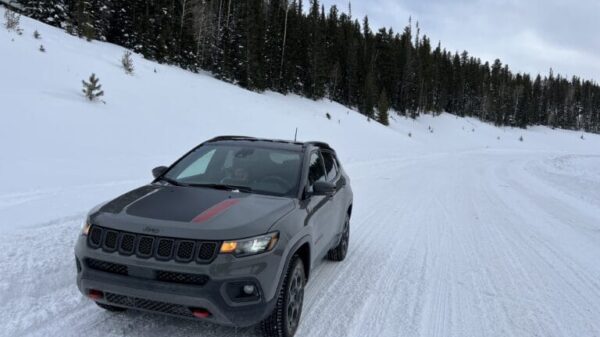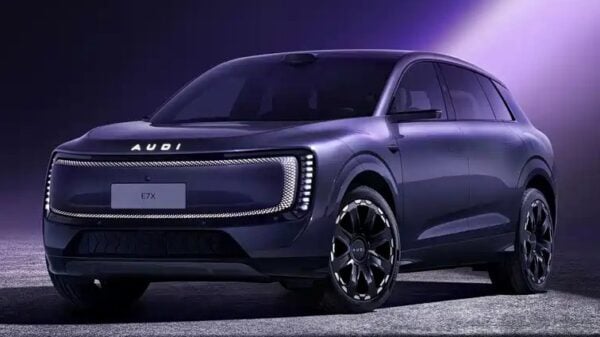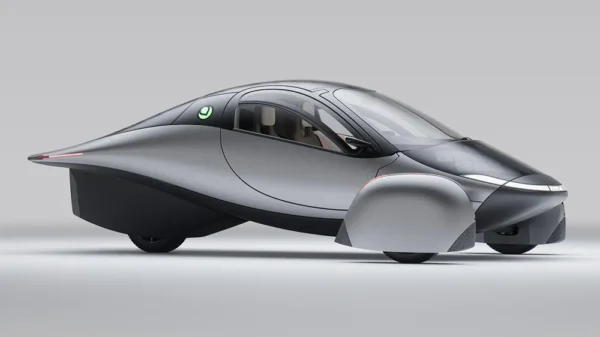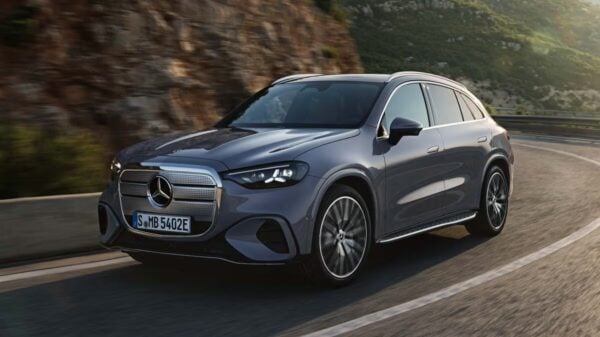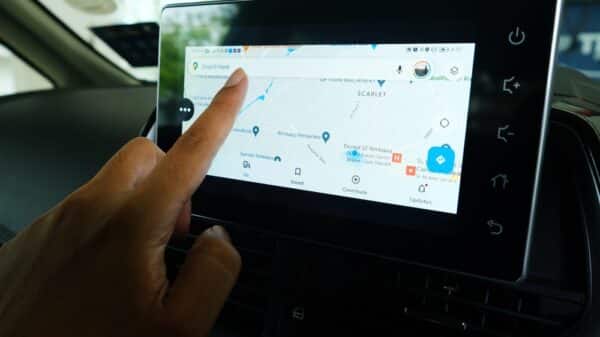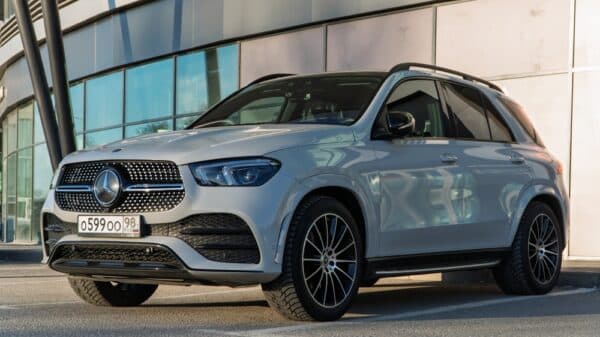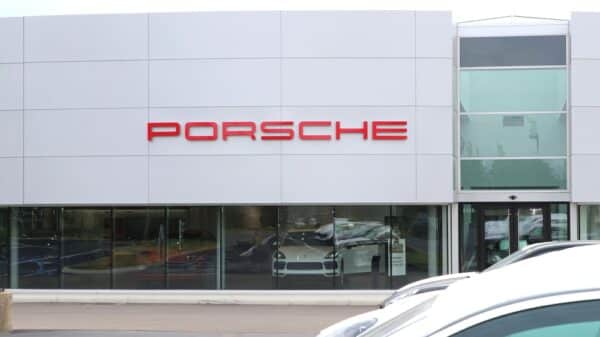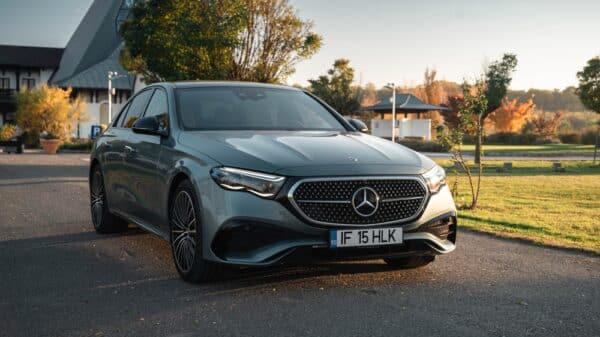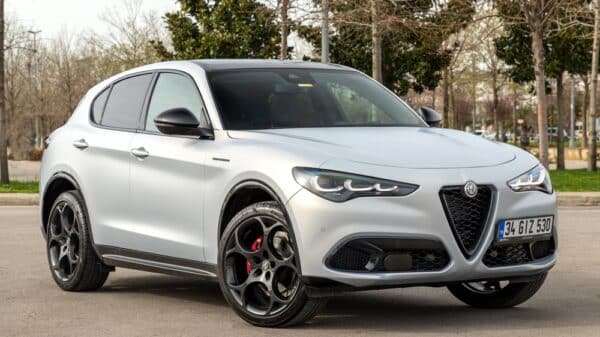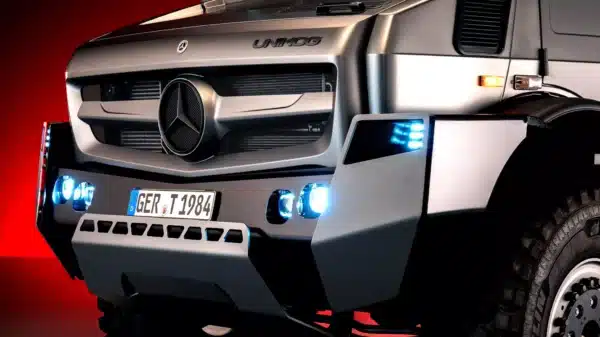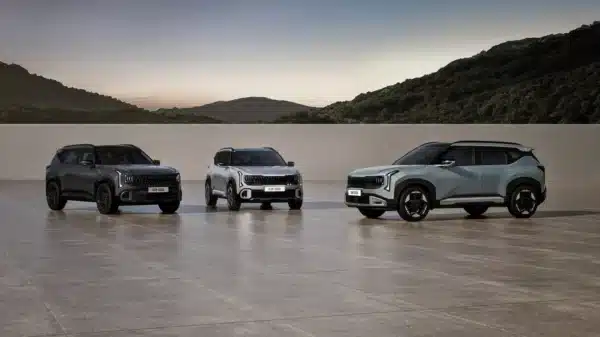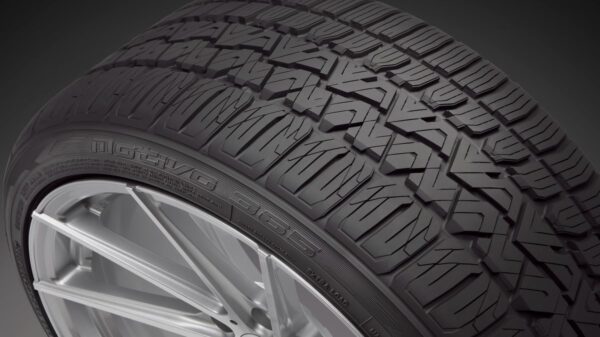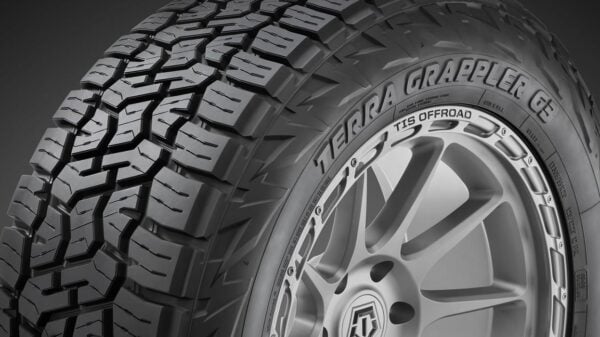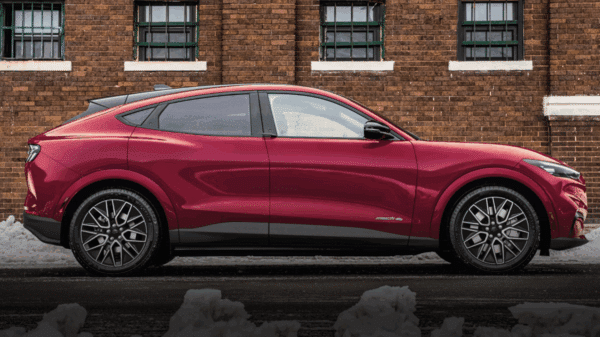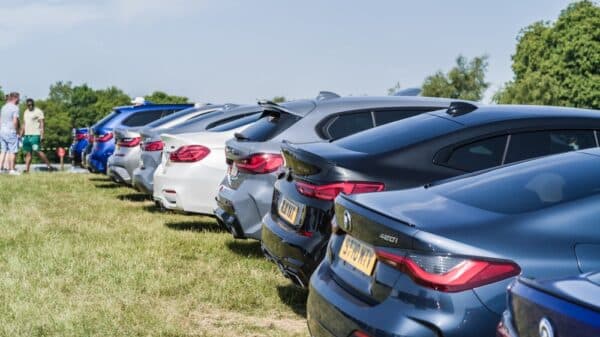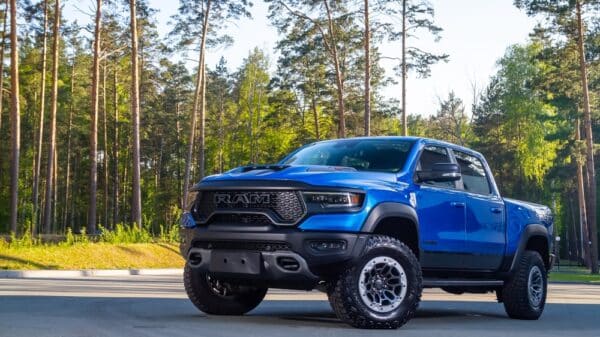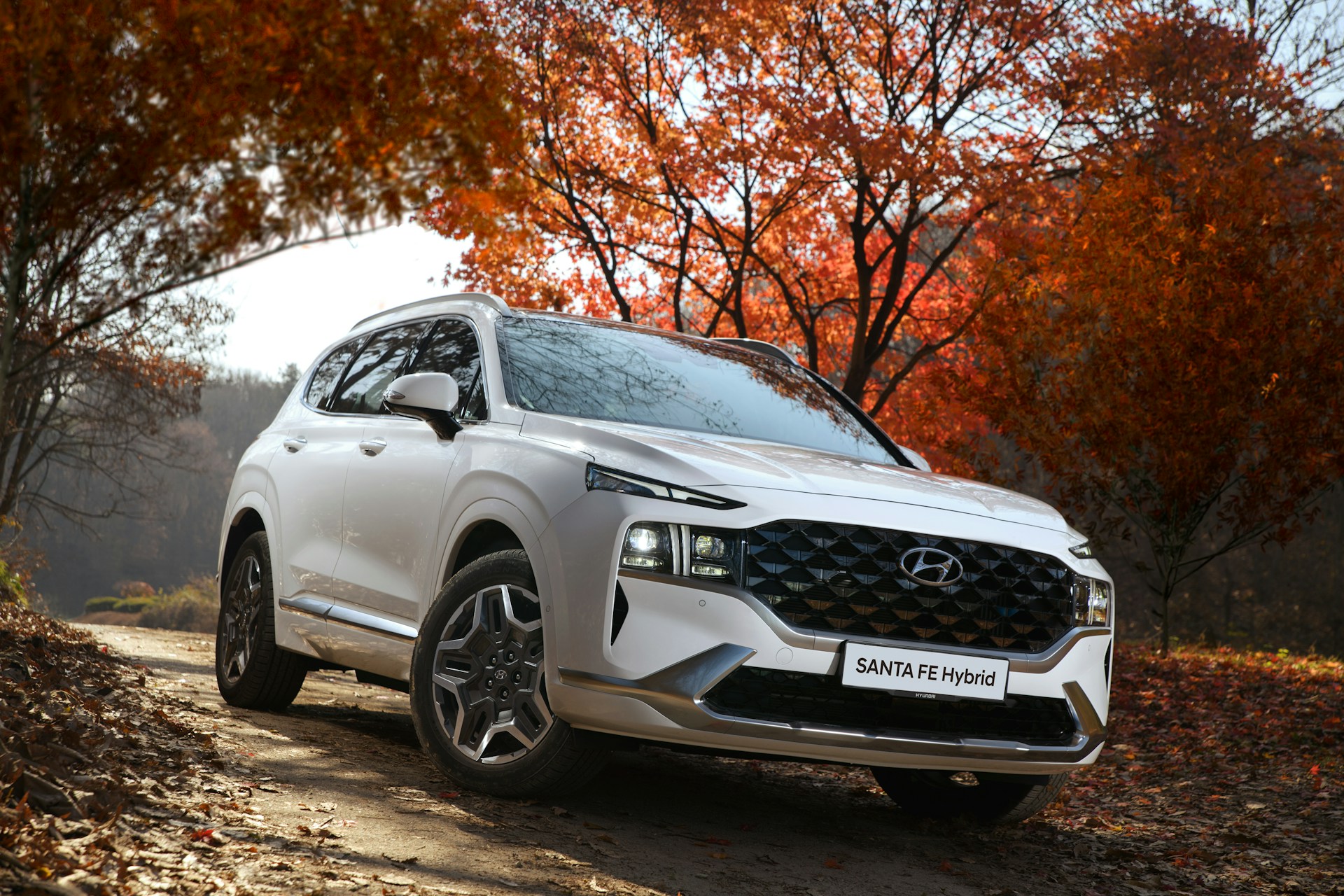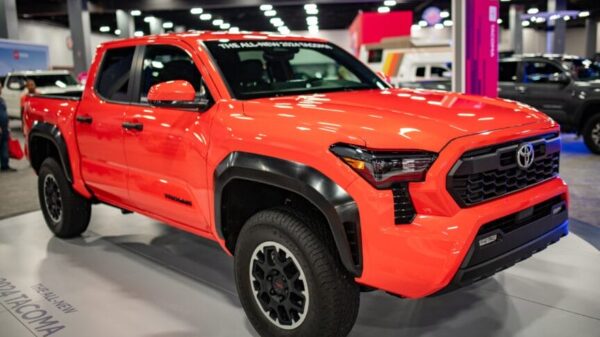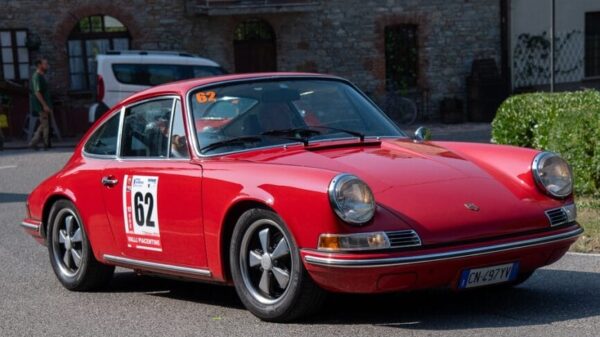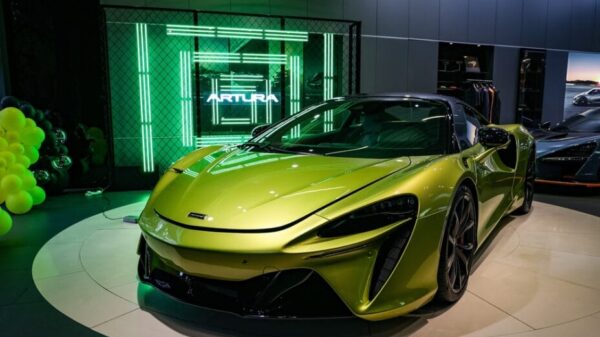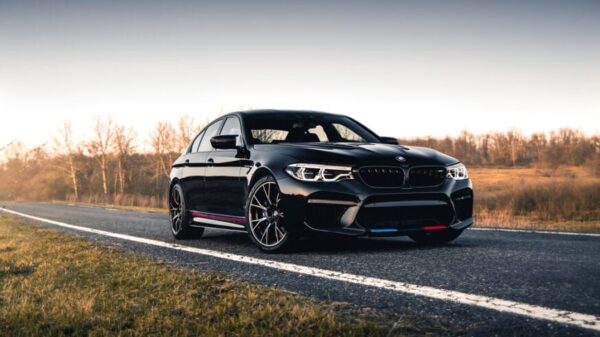I’ll be honest; I had my doubts about Hyundai’s hybrids. Honestly, it’s a bit of a quirk of mine, but complex hybrid systems tend to throw me off a little. I’ve always felt that the pinnacle of hybrid technology peaked back in 2003 with the second-generation Prius. That awkward little triangle on wheels, equipped with a rock-solid eCVT and a 1.5-liter naturally aspirated engine, was the embodiment of reliability. Sure, it wasn’t the speed demon you’d want in a race, and let’s face it, it wasn’t winning any beauty contests either. But there’s a reason you still see Priuses on the road racking up 300,000 miles with hardly a hiccup—because they simply get the job done. I know this firsthand; I owned one, and it served me well.
So, when Hyundai rolled out its hybrids, I couldn’t help but feel a bit skeptical. Their models boasted turbocharged, direct-injected engines, sending power through a traditional planetary gearset transmission, just like regular internal combustion engines. To me, that felt unnecessarily complicated compared to the straightforward designs from brands like Toyota or Honda. Surely, I thought, these would never match the road experience offered by a Toyota, right?
Well, let’s just say I’ve had a change of heart after spending a week with the Hyundai Santa Fe Hybrid. I was pleasantly surprised—it’s actually quite impressive, especially when it comes to electrified driving. So impressive, in fact, that I couldn’t help but wonder why Hyundai didn’t just go all in and make an electric vehicle (EV). This hybrid feels like it longs to be an EV.
Talking specifics, the 2025 Hyundai Santa Fe Hybrid is a well-crafted mid-sized crossover that sits comfortably between Hyundai’s compact Tucson and full-sized Palisade. While Hyundai has worked hard to keep its hybrid and electric vehicles somewhat distinct, they’re clearly addressing a growing demand for electrified SUVs, even if they aren’t fully electric. They’ve integrated their hybrid technology—once exclusive to models like the Ioniq and Sonata—into a popular, everyday crossover.
For 2024, Hyundai gave the entire Santa Fe line a fresh overhaul, featuring a redesigned look reminiscent of luxury SUVs while riding on a newer platform. The engines and transmission seeing an upgrade were mostly carryover, including the hybrid system. Under the hood, the Santa Fe packs a 1.6-liter turbocharged, direct-injected four-cylinder engine paired with an electric motor, yielding a combined system output of 231 horsepower managed via a six-speed automatic transmission.
What truly sets this mid-sized, three-row SUV apart, however, is its surprisingly adept engine-off electric driving capability. You might be surprised to learn it achieves this with a modest 59-horsepower electric motor and a 1.49 kWh battery. Some might argue that Hyundai’s hybrid setup is uncomplicated. By placing the electric motor between the gas engine and the transmission, it raises some efficiency eyebrows compared to Toyota’s eCVT design.
But here’s where things get interesting. Hyundai’s configuration allows the Santa Fe to operate entirely on electric power at speeds that would leave a Prius engine humming. With a gentle touch on the accelerator, the Santa Fe can coast up to about 45 mph before the gas engine kicks in. In contrast, modern Toyotas often max out their electric-only driving at around 20 mph.
This capability to drive without the engine is further enhanced by Hyundai’s Green Zone EV drive, which takes advantage of GPS to identify low-emission zones—like around parks and schools—and prioritizes electric driving in those areas. It’s impressive to experience firsthand; during my time driving through Columbus, Ohio, I noticed the engine would seamlessly cut out as I approached my local school. Without even trying too hard, I found myself able to drive a mile on electric power alone before the engine realized it was needed.
Even though it doesn’t have one-pedal driving like its all-electric siblings, the Santa Fe has adjustable regenerative braking that makes it feel just as electrified. You can set it to maximum regen and see that battery power shift back into the system, similar to what you’d experience in an Ioniq 5 or Kona Electric. If you’re like me—someone who enjoys maximizing every drop of power—you’ll appreciate this feature.
Overall, the Santa Fe impressed me as a well-finished, well-designed crossover. The model I tested was the fully loaded Calligraphy variant, which carried a price tag of $51,675—a figure that seems reasonable given today’s market. The attention to detail was evident; fit and finish were impressive, and every button and switch felt solid in hand. The infotainment and climate controls functioned smoothly, enhancing an already pleasant driving experience.
If you’re looking for a family-friendly, hybrid SUV that doesn’t compromise on performance and offers advanced driving features, the Hyundai Santa Fe Hybrid might just be your golden ticket—just like it turned out to be for me.Navigating the modern automotive landscape can sometimes feel like wandering through a complex maze of screens, buttons, and complicated technology. However, my experience with the Hyundai Santa Fe, especially the 2024 Hybrid model, was surprisingly seamless—everything functioned beautifully, showcasing that a vehicle can still deliver a straightforward driving experience without overwhelming the driver with tech.
Spacious Comfort for Every Journey
The Santa Fe is not just about tech enhancements; its design prioritizes comfort and utility. Although it’s a compact crossover, it masterfully accommodates up to six adults without compromising legroom or comfort. Sure, the vehicle’s shorter length means you might have to choose between a third-row seat or extra cargo space, but when you opt for the third row, you’ll find it surprisingly spacious. It’s a common sight on Ohio roads, and I can understand why—it strikes an excellent balance between affordability and functionality.
With a base price around $34,000 for the standard gas variant, the Santa Fe delivers impressive value, especially for families or anyone needing extra space without breaking the bank.
A Sad Goodbye to the PHEV Option
One disappointing change came with the 2024 model year: the disappearance of the plug-in hybrid (PHEV) version for the North American market. The Santa Fe excels at electric driving, and it’s clear that a higher-capacity battery would enhance the experience. While the current setup features a 1.49 kWh battery and a modest 59-horsepower electric motor for regenerative braking, its capabilities seem limited. In other regions, customers benefit from a 13.8 kWh battery that allows for about 35 miles of electric range, paired with a more powerful electric motor. This configuration makes the hybrid feel more robust and efficient.
Why do those markets get a better version? It’s puzzling and perhaps a missed opportunity for Hyundai. The American-made combustion model may be more straightforward to promote, especially in a market that’s still adjusting to hybrid and electric options, but missing out on the PHEV in North America limits growth.
Not Your Typical Electric Experience
Although the Santa Fe delivers an enjoyable driving experience mimicking electric capabilities, I averaged just 28 mpg in mixed driving conditions—far below the rated 35 mpg. While the car feels like it’s taking strides toward sustainability, it still heavily relies on gasoline. Personally, I find it a bittersweet situation; while it’s great for introducing drivers to an electric-like experience, the reality is that we’re still fueling up at the pump.
Yet, I can’t shake the thought that Hyundai is on the brink of something greater. The Santa Fe’s hybrid architecture already hints at a promising electric future. Why not fully embrace it and release an all-electric version? Or at the very least, consider an extended-range electric vehicle (EREV)? That approach could offer the best of both worlds, merging current technology with sustainable innovation.
Final Thoughts
In summary, the Hyundai Santa Fe Hybrid is a delightful vehicle that offers a spacious and comfortable ride. It strikes a solid balance between price and performance. But for those of us eagerly anticipating the next level of vehicle technology, Hyundai has an open door to push boundaries further, and we’re all excited to see them walk through it.
If you’re contemplating a congenial family vehicle that won’t leave you wanting, the Santa Fe is a compelling choice. But let’s hope the next iteration prioritizes all-electric options and solidifies its position as both a dependable choice and an environmentally friendly one.
Image Source: Unsplash


